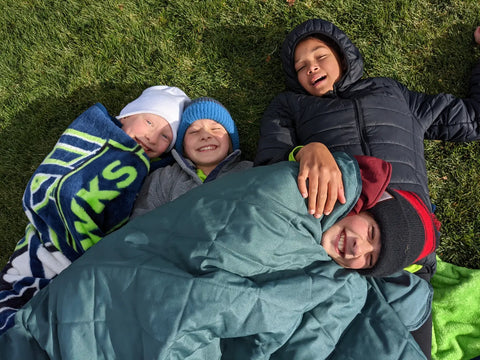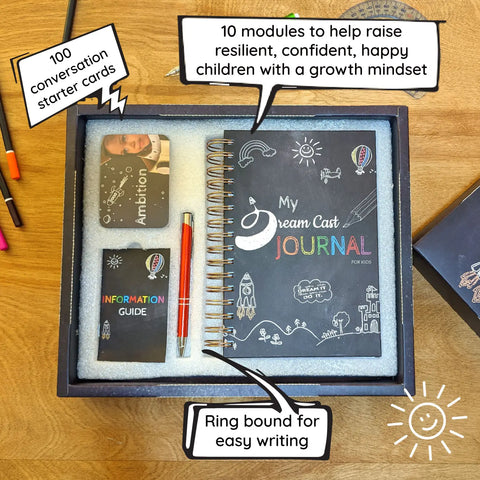How to teach empathy to elementary students.

Are you wondering what practical steps you can take to help your child recognize and respond to the feelings and wishes of others?
Then below, you’ll find just what you’re looking for!
1. Firstly, Lead with empathy examples.
Your child will only truly begin to understand what empathy is when they have experienced it themselves. So, you must lead by example and be empathetic towards them.
Show them that you understand how they’re feeling: share in their pain and their joy. When your child feels understood, they too will begin to understand the feelings of others. When they know what it’s like to have someone lend them a helping hand, they will be far more likely to do the same for others, and so you will see their empathy bloom.
Let your kids see you showing empathy and kindness towards other people and encourage them to do the same. Tell them how you feel about other people’s situations and why you want to help. Use everyday situations like if a friend is hurt or sick, or they lost a match against another team.
As your child joins you in these little acts of kindness, they’ll learn how rewarding it can be to help others. In seeing the difference they can make to other people, they’ll deepen their own levels of empathy.
Photo by Tom Parsons on Unsplash
2. Awareness. Self first, then of others.
It’s strange how this is a skill we weren’t taught as kids. And even now, only a few parents and child educators realize how important self awareness of your feelings is.
To help our kids become more aware of their feelings, ask them questions like :”tell me about a part of your day when you were sad, happy, etc. Get them to journal every day, as the first question of every day is to identify their current feelings.
Help your child identify when others around them are emotional, then help them to understand what they are feeling and why. If a friend at school is sad or even mad that their toy is lost or broken, encourage your child to describe how they themselves are feeling in that moment and why they think they feel that way. If appropriate, decide how best to help the other person and put this into action.
By unpacking your child’s emotional response in this way, you’ll help them relate to others and what they might be going through. They’ll also learn how to understand their own reactions to other people’s emotions and develop ideas about how to help.
3. Engage their empathy and imagination.
Take time to discuss what it might be like to be someone else. You could even make this into a game.
Choose a person – this could be a friend, family member or even a stranger you see in the street. Discuss their personalities, character traits, and life experiences. This is not an easy exercise, as it requires you as the parent to show no judgment of the other person nor spend too much time talking about how your child feels they’re treated by the person. This is purely to objectively think about others in different situations. I find it easiest to observe strangers as we’re walking on the beach or sitting in the park.
Next, encourage your child to imagine that they are that person and ask them how they would react in a particular situation. Why would they behave that way, and is this different to how they would behave in their own life? If so, why?
This exercise will help your child to recognize that other people may have a different perspective to their own, along with various feelings and emotional responses. They’ll understand what it means to ‘put themselves in someone else’s shoes,’ helping them develop their empathetic skills.
4. Describe your own emotion
Remember how I mentioned that we weren’t taught how to identify our emotions? This has taken me years and years to learn, and I’m still learning every day.
By telling your child how you feel in various situations, they’ll begin to realize how normal it is that other people have thoughts and feelings too, and that these may be different to their own.
Through describing your emotions, your child will also begin to recognize and understand your associated body language and facial expressions. This will help them identify these signals in other people, making them better able to respond appropriately.
5. Practice empathy rather than apology
Another idea I wish I’d learnt early on. For years I’d make my kids apologize to each other to “make up”. Asking young kids to apologize when they are unable to empathize is pointless. Often it feels like the most socially appropriate response, but if they can’t relate to what the other person is feeling, then an apology is a meaningless gesture on their part.
A more useful response would be to help your child to focus on the other person involved. You could try saying, “Do you see how upset Amy is? She's sad because you snatched the toy she was playing with. Let’s go and give it back to make her feel better.” This also helps the child make the connection between their actions and the other child’s reaction.
Read more: Understanding how feelings of guilt and shame can affect a child’s empathic responses.
-----------------------
-----------------------
Dream Cast Kids Journal helps teach empathy.
We have included writing prompt to help reinforce the concepts such as empathy and kindness, gratitude and more in both the Dream Cast Journal and Dream Cast Conversation Starter Cards tying the learning experience together perfectly.












